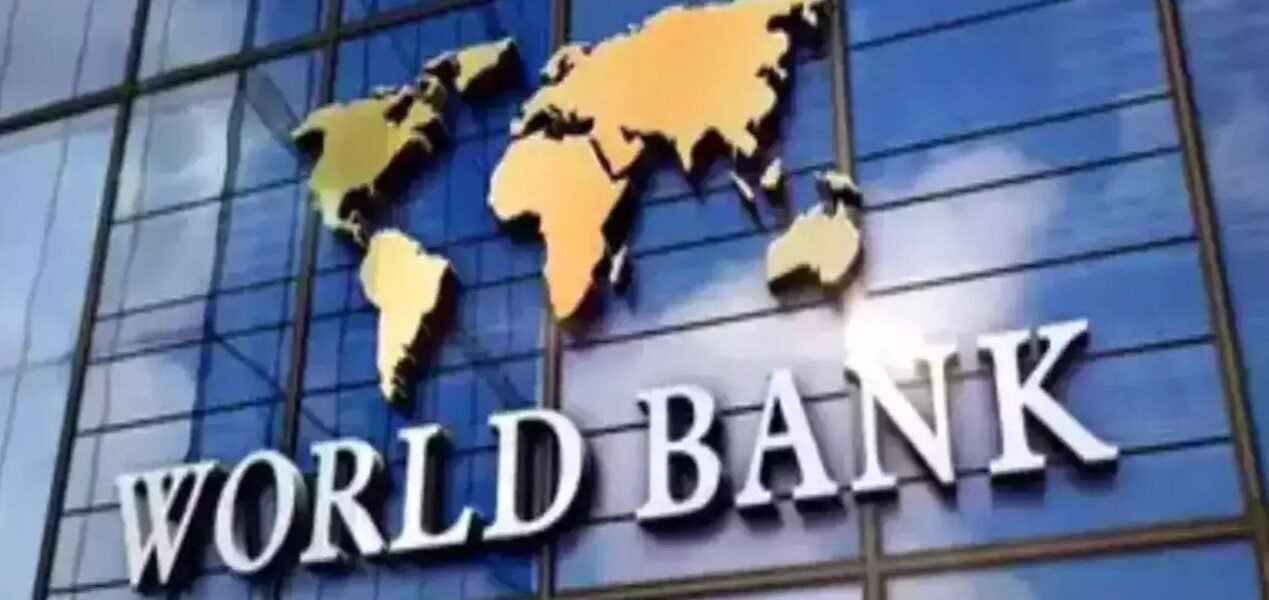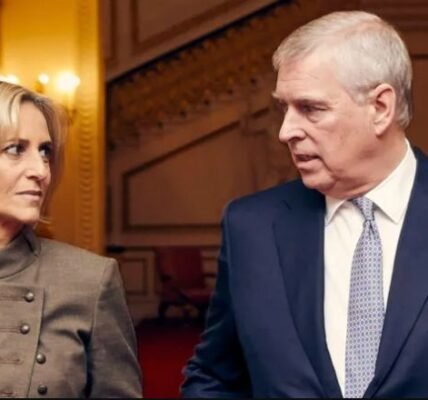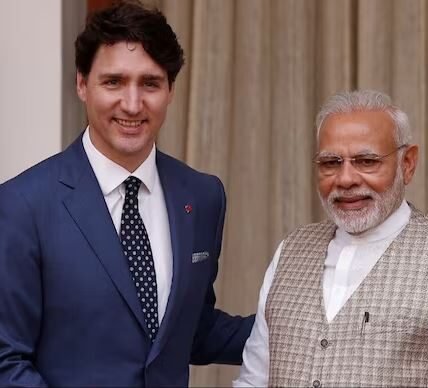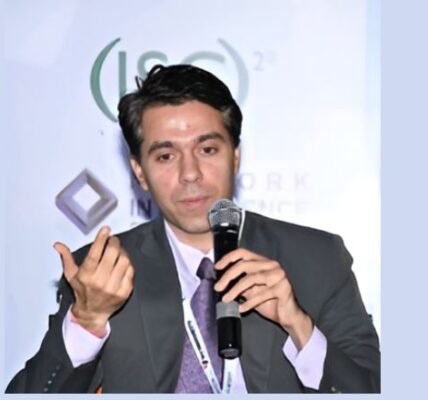With inflation expected to remain sticky, the Monetary Policy Committee of the RBI, which will begin its meeting from Wednesday, is expected to keep the repo rate unchanged.
The Indian economy is estimated to grow at 6.3 per cent in the current financial year 2023-24, showing resilience despite elevated inflation and global headwinds, the World Bank said in its India Development Update released Tuesday. Though the growth estimate by the Bank has been retained from its earlier update in April, it is 20 basis points lower than the 6.5 per cent growth estimate both by the government and the Reserve Bank of India (RBI) for FY24.
The World Bank, however, raised the inflation forecast for FY24 to 5.9 per cent from 5.2 per cent in its April update, citing risks from the monsoon deficiency and its evolving impact on prices, El Niño phenomena, and global supply chain disruptions. With inflation expected to remain sticky, the Monetary Policy Committee of the RBI, which will begin its meeting from Wednesday, is expected to keep the repo rate unchanged.
“While the spike in headline inflation may temporarily constrain consumption, we project a moderation. Overall conditions will remain conducive for private investment,” Dhruv Sharma, Senior Economist, World Bank and the lead author of the report, said.
Adverse weather conditions contributed to a spike in inflation in recent months, with headline inflation rising to 7.8 per cent in July due to a surge in prices of food items like wheat and rice. Inflation is expected to decrease gradually as food prices normalise and government measures increase the supply of key commodities, the Bank said.
Global headwinds will continue to persist and intensify due to high global interest rates, geopolitical tensions, and sluggish global demand. As a result, global economic growth is also set to slow down over the medium term, the report said.
“An adverse global environment will continue to pose challenges in the short term…tapping public spending that crowds in more private investments will create more favourable conditions for India to seize global opportunities in the future and thus achieve higher growth,” World Bank’s Country Director in India Auguste Tano Kouamé said.
On the fiscal deficit side, the World Bank India said India may see a “surprise on the upside” in its fiscal deficit target of 5.9 per cent of the GDP in this financial year, supported by revenue mobilisation and buoyancy in the Goods and Services Tax (GST) collections.
When asked if a fiscal impact could be seen due to the elections, Kouamé said he sees “almost zero risk” of fiscal slippages and the Indian government is moving in the right direction with respect to the fiscal deficit target. “We are not building into our forecasts a lot of volatility in fiscal policy due to the elections. We are not envisaging a relaxation of the government’s stated fiscal consolidation path…states have to maintain their fiscal deficit at less than 3 per cent. These dole outs, if they happen, will happen at the state level. And the fact that states have to maintain their deficit below 3 per cent (of the GSDP), will constrain those risks. So, personally, I see almost zero risk of fiscal slippages overall in India this time due to the elections,” he said.
The Bank expects fiscal consolidation to continue in FY24 with the central government fiscal deficit projected to continue to decline to 5.9 per cent of the GDP from 6.4 per cent last fiscal. Public debt is expected to stabilise at 83 per cent of the GDP, the report said. On the external front, the current account deficit is expected to narrow to 1.4 per cent of the GDP, and it will be adequately financed by foreign investment flows and supported by large foreign reserves, it said.
“Our estimate for this year is consistent with the government’s estimate. What may well happen, is that going forward with growth dynamics, with buoyancy of GST – which, by the way, is doing very well – with revenue mobilisation, maybe there will be a surprise on the upside. And in any case, the government is really determined to contain (its own) consumption while pushing for investment,” Kouamé said.
For India to become a high-income country, it needs to grow closer to 8 per cent and one of the critical aspects required would be a higher female labour force participation rate, the World Bank said. The average level of female labour force participation rate for emerging market economies is around 50 per cent and it is 25 per cent for India, Kouamé said, adding “there is room for India to do even better”.
The World Bank in its report stated that jobs for women and in the rural areas continue to lag jobs for men. The urban worker population ratio (WPR) showed a marginal improvement in Q4 FY23 relative to Q4 FY22, increasing by 1.4 and 2.3 percentage points for males and females, respectively. However, the increase in WPR for women is primarily driven by an increase in the share of women in unpaid work to 11.7 per cent, a 1.5 percentage point increase since Q4 FY22, it said.
“At a headline level, it is about increasing jobs overall. The quantity of jobs is also important as well as the quality. India has aspirations to become a high-income country by 2047, which will naturally require a faster pace of growth. It’s growing at 6-6.5 per cent now. In order to become a high income country it needs to grow closer to 8 per cent. And you can’t get there if a large part of your workforce — females — are not participating. For India to go from 6 per cent to 8 per cent, and become a high-income country, you need to get the female participation rate higher,” Sharma said.
The quality of women’s jobs in India is much lower than that of men, and the share of regular salaried employment for women in urban areas is declining, the World Bank report said. There is significant variation in female labor force participation across Indian states, with the relationship with per capita income not fully consistent with the U-shaped pattern. “Hilly states like Himachal Pradesh, Meghalaya, and Nagaland have higher female LFPR relative to the per capita income, in contrast, more industrialised states such as Maharashtra, Gujarat, and Haryana have lower female LFPR despite their higher per capita income,” it said.
Amid an expectation of increase in growth, the World Bank has estimated private consumption to rise to 6 per cent next year and 6.4 per cent in 2025-26 from 5.9 per cent this year. Government consumption is seen rising to 5.1 per cent and 5.8 per cent in the next two years from 4.1 per cent this year. However, growth in gross fixed capital formation — an indicator of investment — is seen moderating from 8.9 per cent this year to 7.8 per cent in 2024-25 and 7.3 per cent in 2025-26.
“We do have a moderating trajectory when it comes to investment growth. But what’s important to know…is that investment growth is actually higher than its average over the last several years. So, it’s actually moderating down back to its longer-term average and is still a major driver of growth,” Sharma said.





